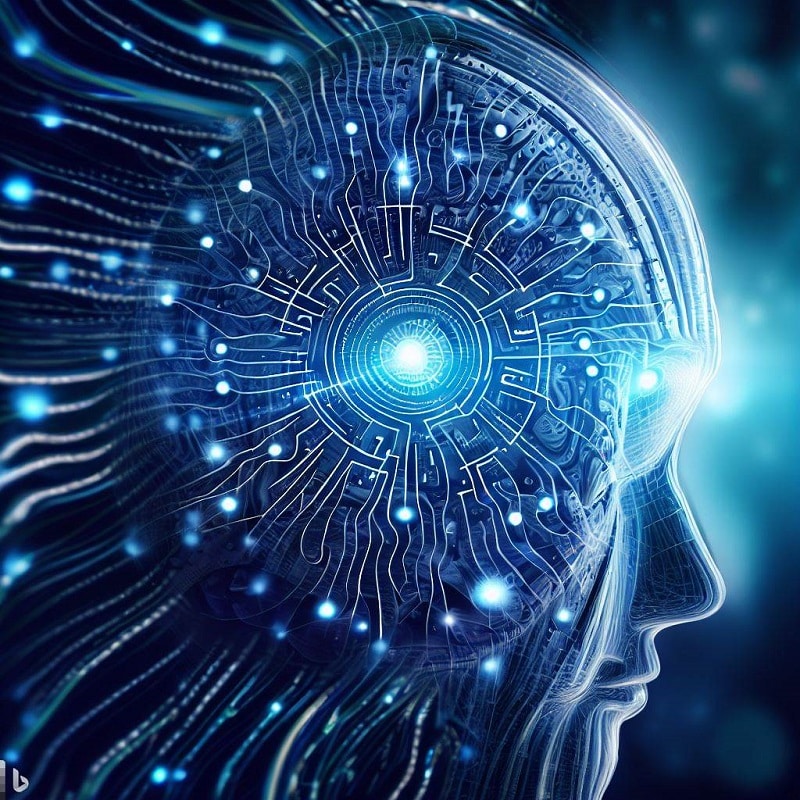Welcome to the fascinating world of deep learning! In this brief introduction, we will unravel the essence of deep learning and explore its inner workings. As technology evolves, deep learning has emerged as a revolutionary approach to artificial intelligence. This cutting-edge field involves training neural networks on vast datasets to mimic human brain functionalities, enabling machines to learn and make decisions independently. Throughout this deep learning course, we will delve into the intricacies of this transformative technology, equipping you with the knowledge and skills needed to excel in AI. Prepare to embark on an enlightening journey toward a deep learning certification course that unlocks opportunities in this rapidly advancing domain.
What is Deep Learning?
Deep learning is a cutting-edge subfield of artificial intelligence (AI) that emulates the human brain’s neural networks to solve complex problems. It involves training deep neural networks on vast amounts of data, enabling them to learn patterns and make intelligent decisions. A deep learning or deep learning certification course equips students with the skills to design, implement, and optimize these powerful algorithms. Covering topics such as convolutional and recurrent neural networks, students gain expertise in natural language processing, computer vision, and more. This empowers individuals to pursue exciting careers in AI research, data analysis, and transformative technological advancements.
How Does Deep Learning Work?
A machine learning division is called deep learning, miming human brain processes to solve complex problems. It operates through neural networks, large interconnected layers of artificial neurons. Here’s how it works:
- Data Collection: Gather extensive datasets to train the model.
- Neural Networks: Construct deep architectures with input, hidden, and output layers.
- Forward Propagation: Input data travels through the network, activating neurons.
- Weights and Biases: Adjust connection strengths for accurate predictions.
- Loss Function: Measure prediction error compared to actual data.
- Backpropagation: Calculate gradients backward to optimize weights.
- Gradient Descent: Update weights incrementally to minimize errors.
- Training: Iterate until the model converges to achieve high accuracy.
Deep learning’s strength lies in its ability to learn intricate patterns and generalize for various tasks autonomously.
Example of Deep Learning at Work
Deep learning has revolutionized various industries, exemplifying its impact:
- Natural Language Processing: AI-powered chatbots and virtual assistants more accurately understand and respond to human language.
- Computer Vision: Self-driving cars use deep learning to recognize objects, pedestrians, and traffic signs.
- Healthcare: Deep learning aids in medical image analysis, diagnosing diseases, and predicting patient outcomes.
- Finance: Fraud detection systems identify suspicious transactions with higher precision.
- Entertainment: Streaming platforms recommend personalized content based on user preferences.
- Translation: Deep learning models enable more accurate and fluent language translations.
- Gaming: AI opponents adapt and learn from player behavior for a challenging experience.
- Manufacturing: Predictive maintenance optimizes machinery performance, reducing downtime and costs.
Rise of Deep Learning
- Deep Learning revolutionizes AI: A subfield of machine learning that mimics the human brain’s neural networks, enabling computers to learn from vast data sets and make complex decisions.
- Advancements in computational power: Technological progress in processing capabilities unlock the potential for training large neural networks at scale.
- Success in diverse applications: Deep Learning’s success spans image and speech recognition, natural language processing, autonomous vehicles, and more.
- Industrial applications: Industries like healthcare, finance, and manufacturing adopt Deep Learning to enhance efficiency and accuracy.
- Ongoing research: Constant exploration of new architectures and algorithms propels the continuous growth of Deep Learning.
Deep Learning in Action
- Cutting-edge AI technology utilizing neural networks to process vast amounts of data.
- Powerful algorithms capable of learning patterns and making predictions with remarkable accuracy.
- Application in diverse fields such as image recognition, natural language processing, and autonomous vehicles.
- Revolutionizing industries, improving healthcare diagnostics, and enhancing customer experiences.
- Requires substantial computing power and large datasets for optimal performance.
- Continuous research and advancements drive further innovation in deep learning applications.
- A transformative force with the potential to reshape our world through automation and intelligent decision-making.
Deep Learning Career Prospects
- High Demand: Deep learning has witnessed explosive growth, increasing demand for skilled professionals in various industries.
- Versatile Applications: From computer vision to natural language processing, deep learning finds applications in autonomous vehicles, healthcare, finance, and more.
- Competitive Salaries: The scarcity of experienced deep learning experts leads to attractive remuneration packages.
- Research Opportunities: As the field evolves rapidly, professionals can contribute to cutting-edge research and development.
- Global Reach: Deep learning jobs are available worldwide, offering opportunities for international career growth.
- Interdisciplinary Nature: Experts with diverse backgrounds can enter the field, including computer science, mathematics, engineering, and neuroscience.
- Entrepreneurial Scope: Deep learning specialists can explore entrepreneurial ventures, creating innovative AI-driven products and services.
- Continuous Learning: With constant advancements, professionals learn lifelong, ensuring career growth and staying relevant.
- Industry Integration: Various sectors integrate deep learning into their processes, broadening the scope of job opportunities.
- Future-Proofing: AI’s prominence ensures that deep learning careers remain relevant and promising in the foreseeable future.
Conclusion
Deep learning is a transformative subset of artificial intelligence that simulates human brain functioning to process and analyze vast amounts of data. It extracts intricate patterns and features through layers of neural networks, enabling it to make accurate predictions and classifications. By understanding the fundamentals of deep learning, individuals can unlock its immense potential in various fields, from robotics using computer vision and natural language processing and healthcare. Pursuing a deep learning course or obtaining a deep learning certification course equips professionals with the necessary expertise to harness this technology’s power, fostering innovation and advancements in our rapidly evolving world.
Subscribe to our Newsletter
Get The Free Collection of 60+ Big Data & Data Science Cheat Sheets.
Stay up-to-date with the latest Big Data news.



